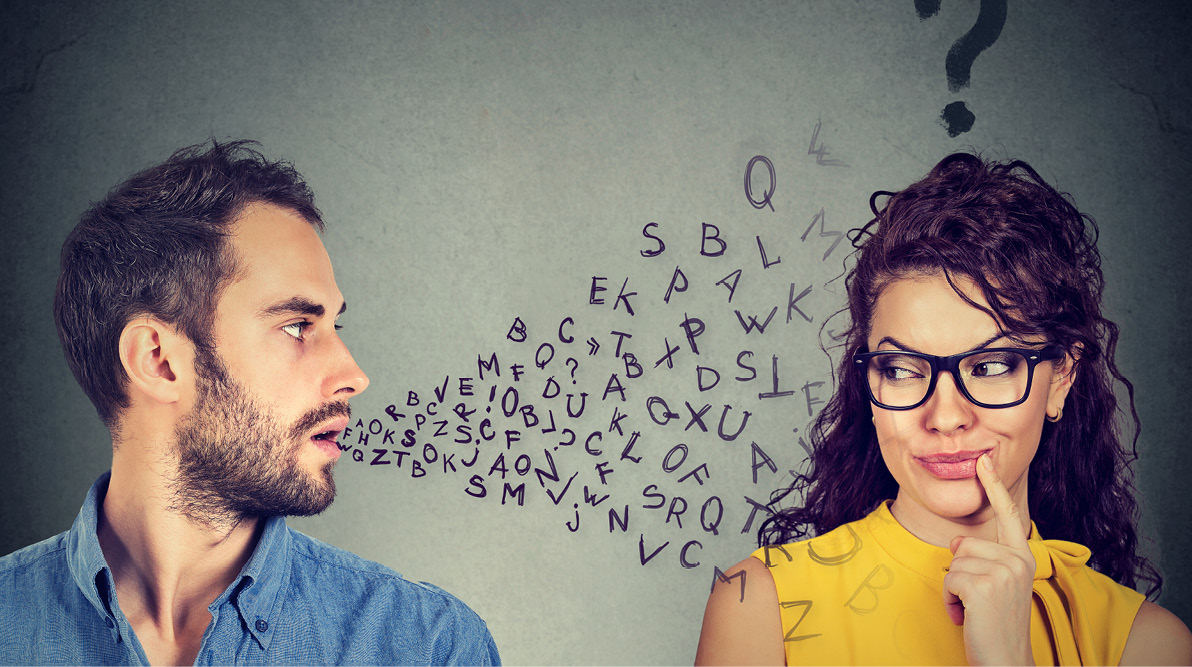Decoding Emotions
Attribute: Perceptive

Benefits of Reading Facial Expressions
Understanding the emotions behind facial cues is a fundamental aspect of emotional intelligence, empathy and effective communication. Facial expressions often convey complex feelings that words alone cannot express and being able to accurately interpret these non-verbal signals can greatly enhance your interactions. Whether in personal relationships, professional settings or social environments, the ability to read and respond to others' emotions through their facial expressions plays a vital role in building trust, fostering deeper connections and improving collaboration. Mastering this skill not only helps you navigate challenging conversations but also strengthens your ability to offer support and understanding, making you a more compassionate and effective communicator.
- Emotional Intelligence: Being able to recognize and interpret facial expressions is a crucial part of emotional intelligence, allowing you to better understand others' feelings.
- Empathy: Accurately reading facial cues helps strengthen your empathy, enabling you to respond more compassionately to others’ emotions.
- Effective Communication: Facial expressions convey emotions that words often can't. Being attuned to these non-verbal signals can dramatically improve how you communicate and engage with others.
Keep reading ↓
Keep reading ↓
Newsletter
Gauge How Accurately You Read Facial Expressions
Consider these questions to deepen your self-awareness:
- How well do you pick up on subtle emotional cues in others’ expressions?
- Can you identify a wide range of emotions just by observing facial expressions?
- How often do you confirm my interpretation of facial cues by checking in with the person?
- Have you misread expressions in the past? What did you learn that could help you improve?
By reflecting on these questions, you can better assess your current confidence level in reading facial expressions and pinpoint areas for improvement.
Keep reading ↓
Boosting Confidence in Interpreting Facial Expressions
- Practice Observation: Take note of subtle facial cues during interactions, such as eye movements, smiles or frowns. The more you observe, the better you’ll get at interpreting emotions.
- Develop Empathy: Try to imagine the emotions behind the expressions you see. Putting yourself in others' shoes builds a stronger connection and enhances your accuracy in reading their feelings.
- Learn from Experts: Study resources or take courses on facial expressions and body language. Gaining deeper knowledge will improve your confidence in understanding emotions through non-verbal cues.
If your confidence level in interpreting facial expressions isn't a 10, don't worry, it’s a skill that can be developed. With regular practice, empathy and learning from experts, you can increase your accuracy and become more attuned to the emotions behind facial cues. This will not only enhance your emotional intelligence but also improve your communication and relationships with others.

Explore the Items
Read each article!
Supporting content
Communication Articles
Check out the latest blogs to learn more about this topic!

Stop Letting Your Inner Monologue Control Your Life

Step In Front Of The Camera To Improve Communication

4 Tips to Improve Your Communication Skills
Bibliography
This article has been inspired by the following sources:
- Kosti, R., Afzal, S., Krichenbauer, M., Sahin, E., Zhang, C., Escalera, S., & Pantic, M. (2020). Recognizing emotions through facial expressions: A largescale experimental study.
- Ekman, P., & Friesen, W. V. (2003). Unmasking the face: A guide to recognizing emotions from facial expressions. Malor Books.
- Damiano, S. (2019). The art and science of expressing and recognising emotions. About My Brain Institute. https://www.aboutmybrain.com/blog/the-art-and-science-of-expressing-and-recognising-emotions

